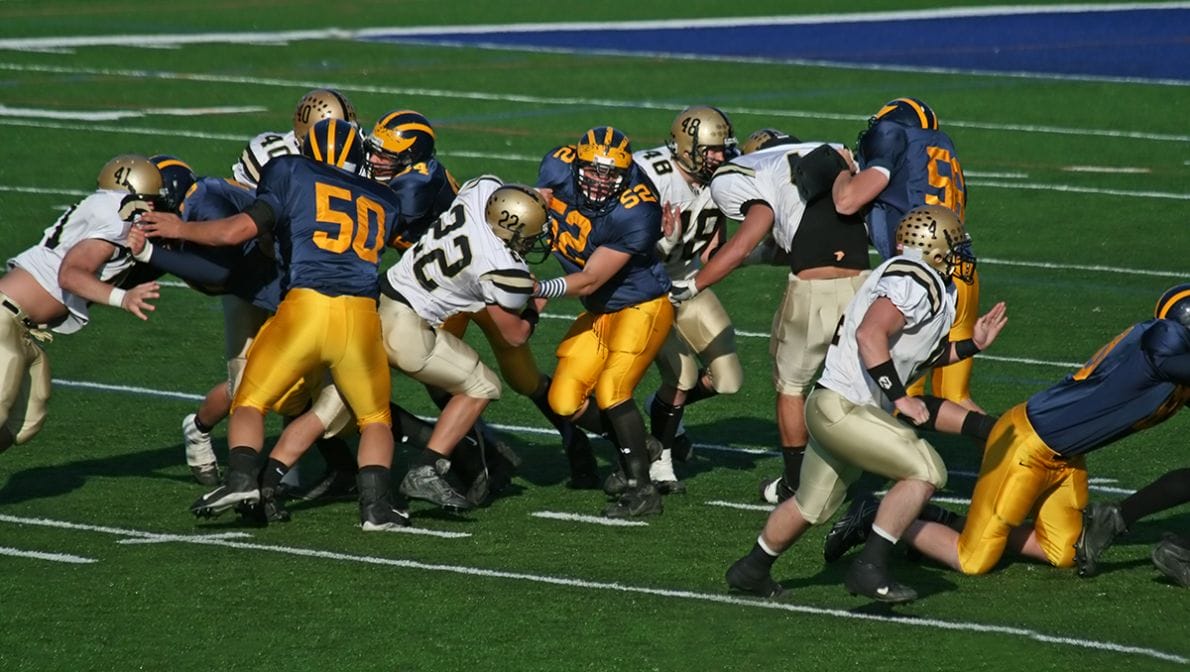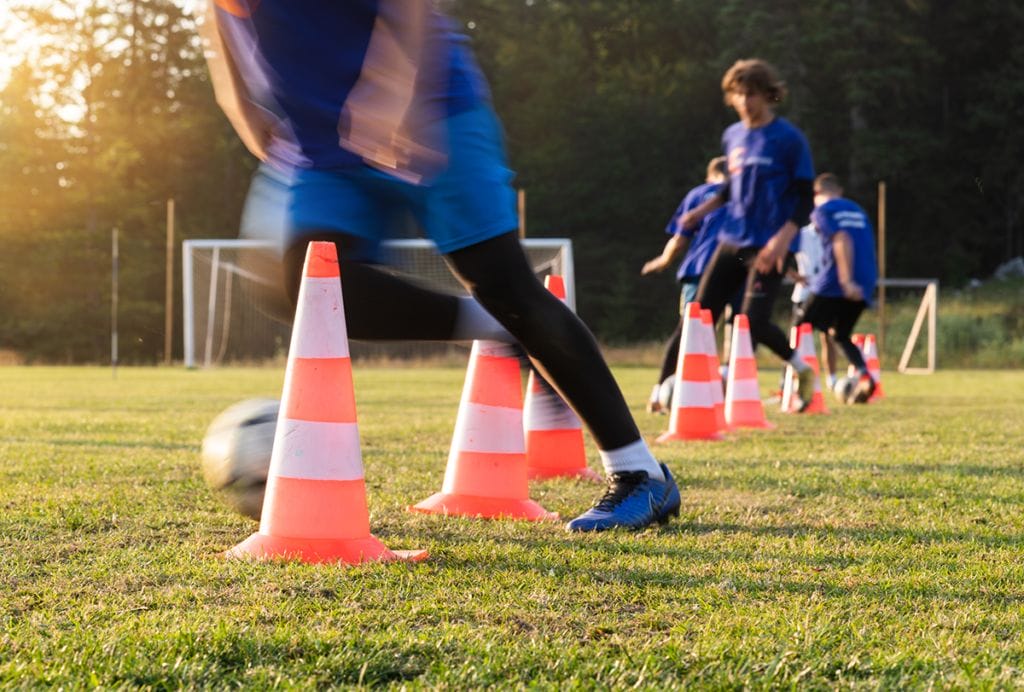Agility—the ability to start and stop and change direction without loss of balance or body control—is an essential skill in any sport where you’re required to actively react to an opponent or a ball. In these kinds of activities, you need to have and maintain good balance, body awareness, and coordination.
Tennis is played within much smaller, more confined boundaries than many other sports, so being agile is particularly important. It’s part of what separates good tennis players from great tennis players.
While it’s imperative in tennis, being a fast, agile athlete sets great players apart in many sports. Conversely, athletes who limit their training and ignore opportunities to incorporate change-of-direction may perform well in casual play but will limit themselves from excelling at their sport.
Even if an athlete runs sprints well, it doesn’t mean he or she should forgo training that emphasises agility. While they have an obvious advantage, these athletes should still work through programs that promote various changes in direction.
Different muscles are used when starting a movement, stopping, and changing direction. The flexibility and range of motion of these muscles must be trained to maintain good positioning during play.

American football, soccer, and basketball require athletes to be extremely agile. Being agile also makes defensive players especially successful in their respective sports.
Offensive players need to prioritize agility work too, but defensive players rely on their ability to react quickly to offensive moves. As a result, there might be a cognitive disadvantage for defensive players who aren’t adequately prepared for these sudden movements. Unprepared athletes are forced to think more before reacting, which can cross up their coordination and compromise body awareness, potentially leading to injury.
Defensive players in all sports are challenged with proprioception (kinesthesia) and body awareness at a heightened level.
Gymnasts are also required to be extremely agile. Just watch a simple floor routine, and you’ll see how their movements prompt non-gymnasts to exclaim, “you’re not supposed to be able to do that!”
However, the brain’s cognitive function and heightened body awareness allow gymnasts to master incredible movements. These athletes can quickly move from a triple flip into a back handspring and immediately change direction into a front flip.
Gymnastic moves are practiced from a young age, typically from 8-13, where athletes have a higher inclination to master such levels of coordination. Due to the extreme nature of these movements, it’s rare to see an adult in their 20s trying to become a gymnast. Not that it’s impossible—but introducing coordination of this magnitude at a later age can feel nearly impossible to learn.
Track and field athletes are also required to be quite agile. Still, they are less frequently challenged in this area than athletes in other sports because their environment is usually controlled.
In contrast, winter sports – such as downhill moguls – require athletes to be extraordinarily agile to keep up with the unpredictable, ever-changing environment of the course. As a result, each mogul almost seems to have a mind of its own. If you watch these athletes’ bodies closely as they engage individual moguls, each new environment prompts the body to react and adapt almost instantly.
However, it becomes increasingly more difficult toward the bottom of the hill, as the body’s legs grow ever more tired until the course is completed. As such, the ability of an athlete to remain agile becomes extremely important.
At Speed Mechanics in Victoria, BC, athletes from any sport can receive change-of-direction training from experienced world-class coaches. If you’re looking to take your game to the next level contact us today


